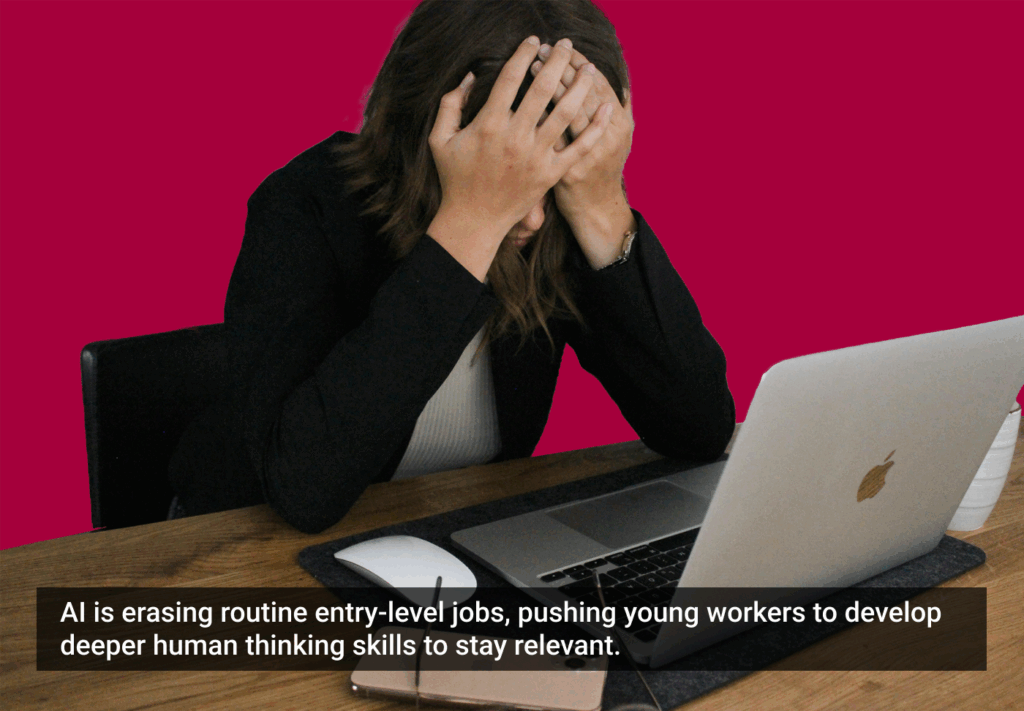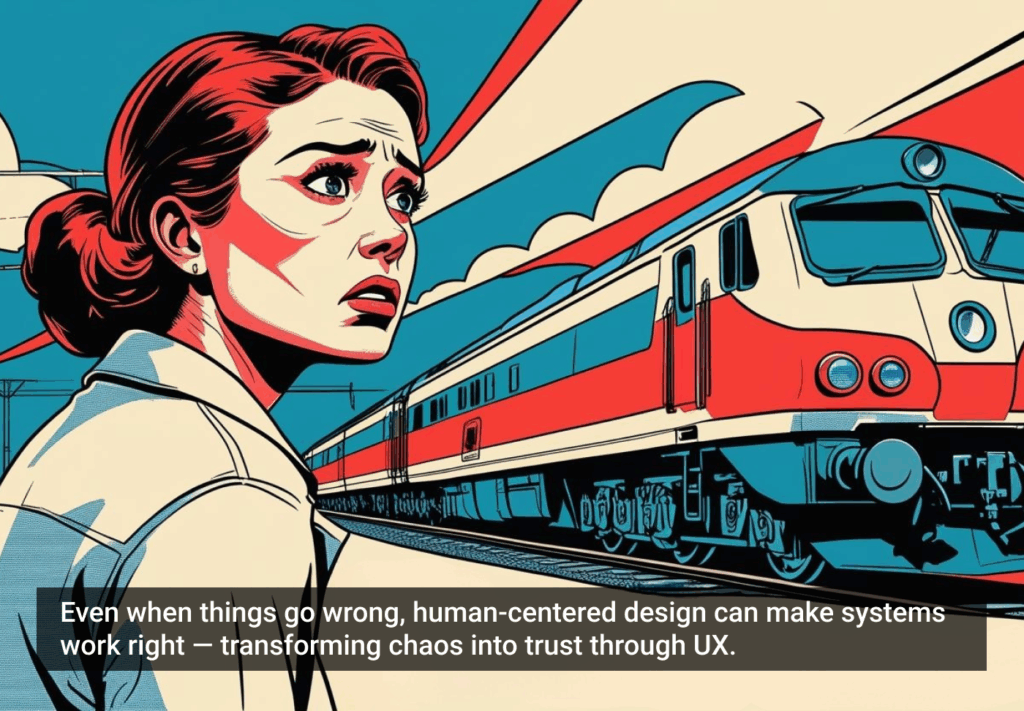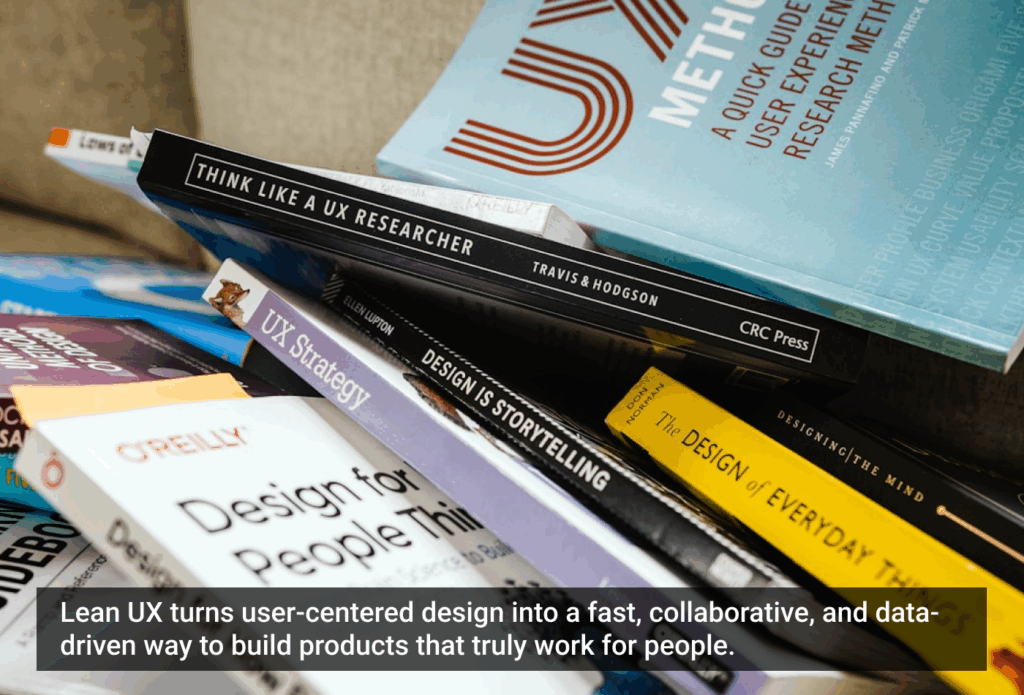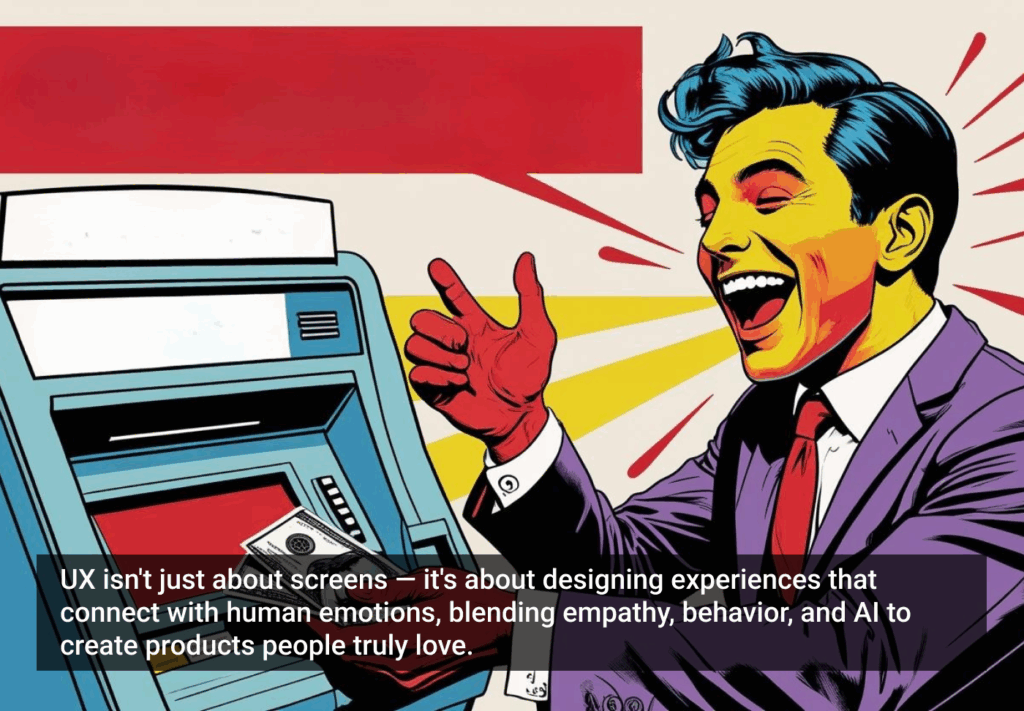- Design Thinking, Focus Groups, Product Design, Usability Testing, User Experience, UX Design, UX Research
Learn when to talk to users, and when to watch them in order to uncover real insights and design experiences that truly work.
Article by Paivi Salminen
Usability Tests vs. Focus Groups
- The article distinguishes between usability tests and focus groups, highlighting their different roles in UX research.
- It explains that focus groups gather opinions and attitudes, while usability tests observe real user behavior to find design issues.
- The piece stresses using each method at the right stage to build the right product and ensure a better user experience.
Share:Usability Tests vs. Focus Groups
Share this link
- November 20, 2025
2 min read







